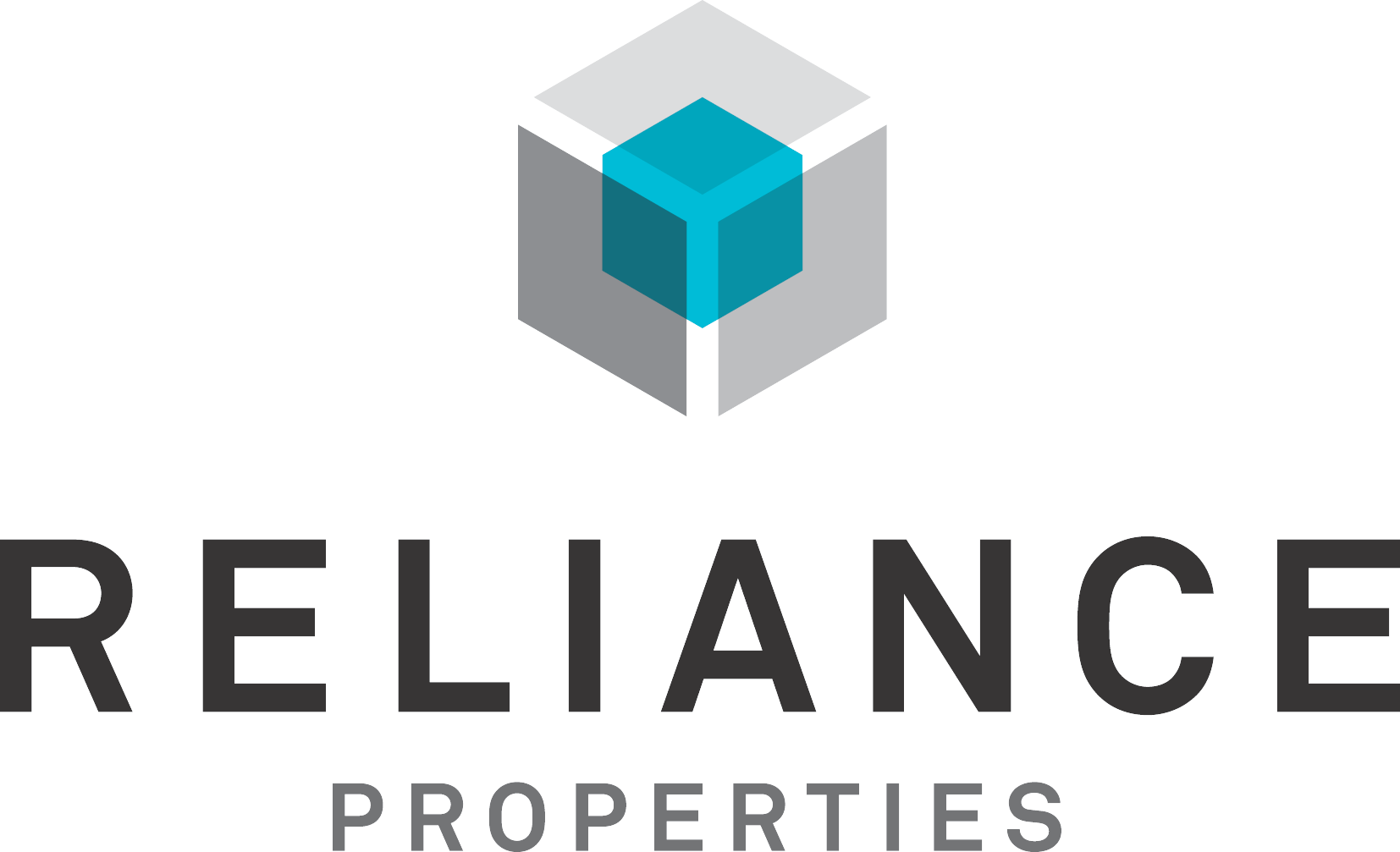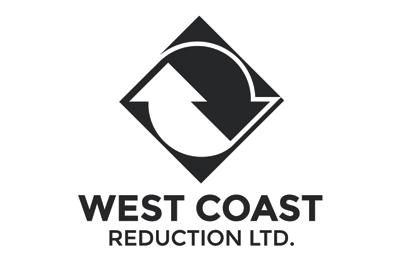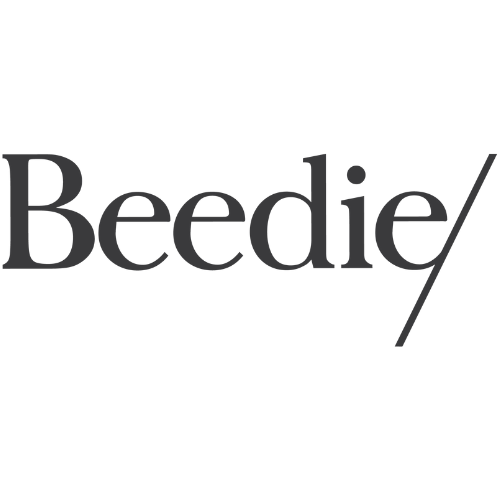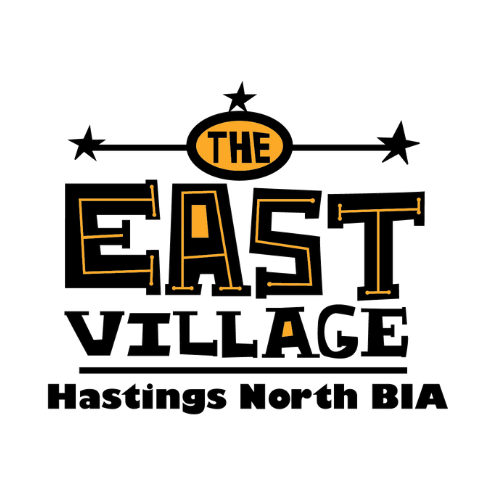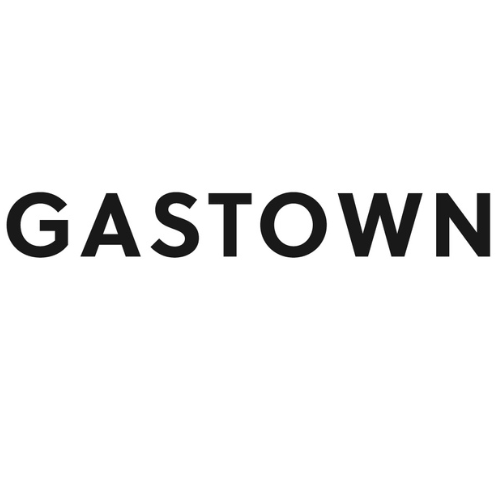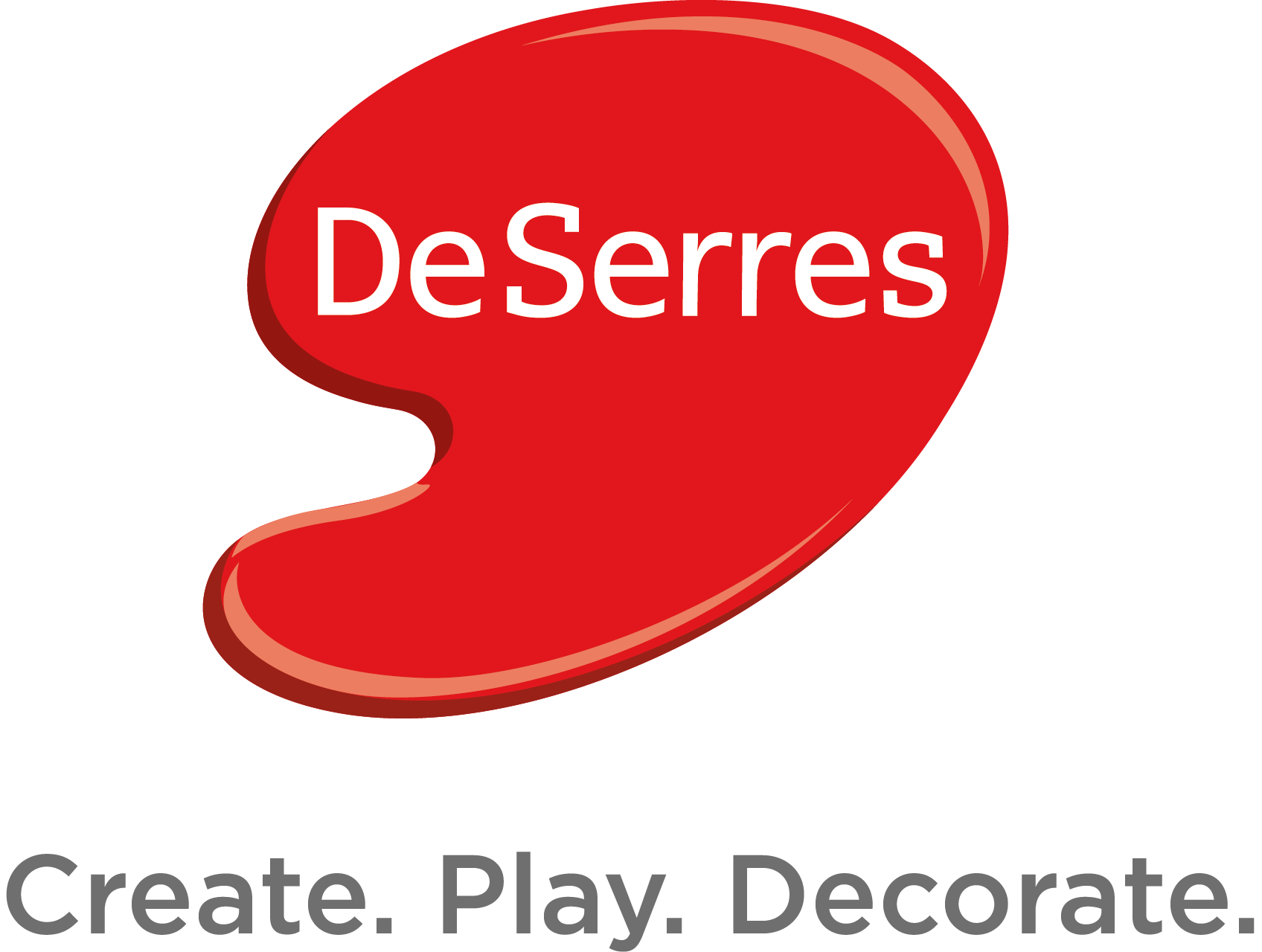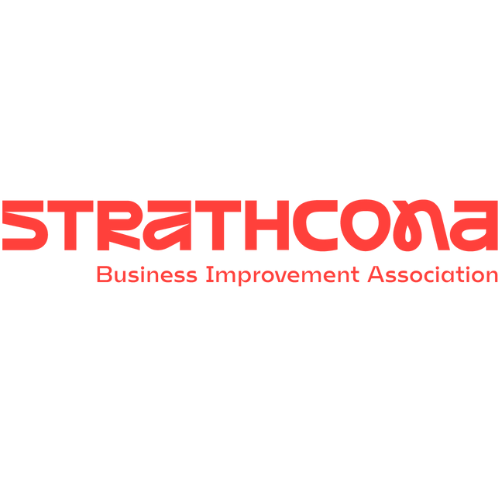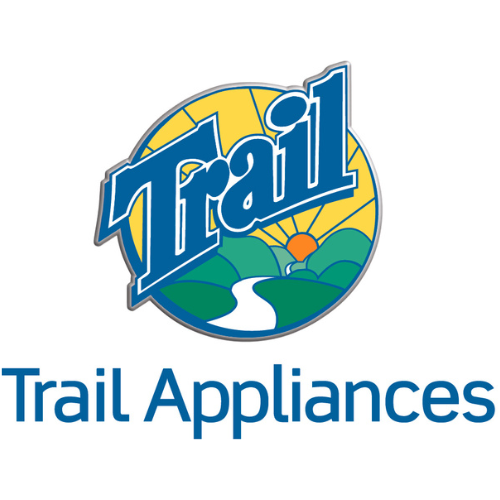
for artists
Home / for artists / crawling 101


Crawling 101
Preparing for the festival can sometimes feel overwhelming. We’ve put together this guide as a resource to help you, as a participating artists, get the most out of your Crawl experience. You don’t need a big budget or years of experience to have a great Crawl. We hope this guide helps you to plan how to focus your time and resources, and make your Crawl the best it can be!
ARTIST PROFILE GUIDE
Every registered Crawl artist receives an online artist profile on our website. It is each artist’s responsibility to fill out their artist profile and make sure their information is correct and up-to-date. Our website receives 80,000+ unique visitors leading up to the festival—from Crawlers planning their weekend and media looking for artists to feature—so it is to your benefit to take the time to complete your profile.
To update your artist profile: Login to your Culture Crawl account (Artist Login button is always available in the top right of the website)
Artist Info for Program
Our program will use the Name, Building and Medium(s) you list in your online profile. Double check these fields for accuracy and spelling! If information is missing, you will not be listed in the program.
Your Listing Name
Make sure the name you want to be listed under is correct. The default listing is by artist’s Last Name, First Name. If you have an alternate name you would like to be listed under, fill out the “Alternate Display Name” box in your Artist Profile. **Note: Fill out the Alternate Display Name box ONLY if your studio name is different than your personal name. If you fill out the Alternate Display Name box the default artist listing will be overridden.
Building
Make sure you have selected your correct building from the building drop-down menu. If you have not selected a building you will not be listed in our artist listings. If your building is not listed please contact us at ac@eastsideartssociety.ca or 778-379-4545 to have it added. If applicable, make sure to list your suite number (or directions, such as “alley”) in the Suite box.
Images: Show Your Work!
We cannot stress this enough how important it is to upload good quality, well lit photos of your artwork to your profile page. Viewers will choose to visit your studio based on what they see.
- Cover Image. This is the image that will appear as your thumbnail in the artist search and listings. Please use an image of your artwork.
- Artist Photo. Photo of you, the artist. Alternately, your logo.
- Portfolio Images. You can upload up to 10 portfolio images of your artwork. You can enter titles, descriptions, and order the images. Within artist profiles Portfolio Images can be expanded to view the full artwork size with artwork details.
Bio
The first sentence of your bio will appear as a preview in the artist search listings. Please tailor your bio accordingly. We recommend beginning your bio with strong keywords that include your medium/s. Example: “Sally Smith is a photo-based artist and abstract painter ….”
Links
There is space on your profile to include links to your personal website and social media pages if applicable. Be sure to fill these in so that interested viewers can really get to know you and your work.
Check out how it looks
After your profile is complete, check it by searching your name or studio on the Explore Artists page, and viewing your page. If something doesn’t meet your critical eye, you can still go back and edit whatever is needed (changes made after registration deadline will not be reflected in the festival program).
PLAN A TIMELINE
Staying Ready
- Keep your mailing list up to date.
- Have your artwork professionally photographed.
- Make notes of things you like and don’t like at exhibits and open studios you attend. What might work for you?
- Attend our artist development workshops offered throughout the year.
Get Set
Check on deadlines to register so you don’t miss out on early bird registration, appearing in the print program, or submitting a new artist application.
3 Months Before (August)
- Are you in a shared studio or building with other artists? Pool your resources! Marketing as a group is a great way to magnify your impact, but you need to organize early for best effects.
- Planning any major changes to your studio? Get that out of the way now.
- Pick up Save The Date postcards from the Crawl office.
2 Months Before (September)
- Review our Artist Profile Guide (see item in Crawling 101) and fill out/update your Culture Crawl online artist profile.
- Submit the Media Relations Checklist to our publicity team for media consideration. You can find the current year’s deadline and submission form on Deadlines page.
- Do you know what artwork you’re going to show?
- Has all the artwork you plan on showing been photographed?
- Do you need to order any finishing or framing materials?
PLAN TO BUILD YOUR FOLLOWING
The mandate of the Eastside Arts Society (EAS) is to transform community through visual arts—to inspire, educate and engage the community through the arts, advocate for the interests of visual artists in the community, and foster excellence through programs and opportunities for visual artists.
These are some general tips on engaging with your audience and building community.
Interacting with visitors
- Treat everyone with respect—you never know who will be your next collector.
- Be yourself, be comfortable and enjoy the experience.
Brand yourself—let people know who you are
- Provide business cards, flyers, postcards with contact and social media info
- Update your website to showcase your work Interact through and update your social media pages (Instagram, Facebook, Twitter, etc)
Don’t make them ask
- Give insight about yourself and what you do with a short posted bio or handouts
- Share basic info about each piece—title, medium, size and price
- Inform visitors if you teach classes, do commissions, or work with corporate giving committees, etc.
Have answers ready for these common questions
- Do you deliver/ship?
- Can I take it now?
- Do you have something with blues or a different colour option?
- Is it available in other sizes?
- Do you have this in a print?
- Will you frame it for me? How much is it unframed?
- Do you do commissions?
Icebreakers: Plan ways to connect and interact with visitors
- Share your process. Be ready to speak briefly about your materials and process.
- Offer a phrase about the inspiration for a piece as a ‘way in’ for visitors to engage more deeply.
- Invite people to upcoming shows or exhibits that you are involved in.
- Demonstrate your process live at scheduled times or ad hoc.
Build Your Following
- Build your contact list. Make it easy for people to keep up-to-date on shows, new work, etc. Collect both email and street addresses.
- Let people start small. Art cards, art notebooks, prints, etc are ways for people to start collecting your art.
- Engage visitors with a contest (“name a painting”, “win a print”). This is also a great way to build your contact list.
- Deepen relationships with existing clients by calling or sending a personalized invitation. Make notes about your regular clients—their family, business, interests, etc.
- Host a private preview event for your existing and potential collectors. Ask them to bring a friend.
PREPARING YOUR STUDIO
Regardless of your type of studio—private or shared—think about creating an inviting, memorable, and safe space. Think about what your visitors will experience with all their senses: what do they see, hear, smell when moving through your studio? How do you want them to feel in your space? What would you like them to remember about their visit to your studio? Give yourself enough time for set-up and be ready with your plan and list of tasks. During and after the event, take notes about what you might do differently next time. It is always a learning, evolving process, just like the creation of the work itself! Here are some things to consider. If you are new to the event, we encourage you to reach out to artists who have participated before. They are bound to have useful tips for you as well.
Approaching your studio
Be inviting. Many people are coming to areas they are not familiar with, and they maybe a bit apprehensive or uncertain.
- Clearly indicate your studio with a Crawl signboard or banner.
- Light the way: make sure the approach is well-lit, paying particular attention to steps or low-hanging obstructions. Use LED tube lighting or Christmas lights for playful but effective lighting.
- Remove or pad any sharp or projecting overhangs, thinking of both very tall and very small people who may be visiting.
- Ensure safe footing. Put down grit or a non-slip surface if the way is potentially slippery in rain or icy conditions.
- Remove or secure any loose rugs, boards etc.
- Post signage at every turn along the approach so people have a ‘crumb trail’ to follow with confidence to your door. A ‘Welcome’ sign on your door, particularily if you are in a private home, will make people feel comfortable entering even if you are busy with other visitors and can’t come to the door.
- Any other tricky spots? Tape door/gate latches open with tape. Post friendly notes with tips “pull this cord…” Consider having volunteers in the lobby or entry to welcome and direct visitors.
Inside your studio
- Make room. Consider removing or relocating materials stacked along the walls to give people room to maneuver.
- Make your visitors feel welcome. Consider wearing a name tag so visitors know you are the artist. If you have multiple artists in the studio, it lets them know who to approach about a particular work. Consider hanging some artwork low for children to enjoy, or even having something they can touch or interact with. Post a sign so parents and kids know it’s okay to touch 🙂
- Remove safety hazards. Tape or remove cords or loose rugs. Remove or secure any piled stacks of materials that could topple if bumped. Remove any sharp nails/hooks that could catch someone’s body or clothing. Do a walkthrough as if you were visiting your studio for the first time. Do it imagining you are very tall, and again as if you were very small.
- Keep private areas off limits. Clearly mark any areas you want to keep private, and consider using a latch or other simple device to dissuade the curious. People are very curious about how artists live and will open drawers, pick up ornaments, etc. without asking. Cover storage areas or private areas with sheets, folding screens, or similar devices. Have a safe secure space to store your wallet/purse.
- Do you have a loo? If you have washroom facilities that you plan to allow visitors to use, consider removing any articles that are not essential. If you don’t want visitors to use the washroom facilities, post a ‘private’ sign and keep the door closed.
- Artwork: consider placing small pieces of artwork deep within your studio rather than near the door. Most people are honest, but occassionally theft does occur. If you are in a private home or isolated studio, consider having a friend keep you company and have a cell phone with you.
- If you must have your pet in the studio with you, please keep them well under control. Not everyone feels comfortable around animals, especially ones that jump up or want to give ‘kisses’.
Insurance
The EAS does not provide insurance for artists, and recommends that each artist have liability insurance for their studio. If you have insurance on your studio, we advise you to contact your insurer or insurance broker to let them know about the event and ensure you have coverage.
Clean
- Clean all surfaces.
- Put materials and tools away. (Exception: You might have a work in progress or create a demo with work in different stages and tools/materials involved. People love to know the how of it all. A purposeful demo on a designated surface with signage is a great way to engage visitors)
- Paint your studio walls if needed. Create a fresh backdrop for your work.
- Sweep/mop your floors
- Air out/ventilate your space. You want it to feel fresh in every way.
Light
- Provide the best lighting you can for your works. Halogen or LED track lighting is easy to install and looks professional. Well placed clamp lights can work as spotlights too.
- Pay attention to the temperature of your bulbs (daylight, soft, warm) since this can change the look of your work.
- Make sure you do not stress your circuits and blow a fuse.
- Keep the wires tidy and out of the way.
Label
- Label each piece with title, medium, dimensions, and price.
- Put your name on every label to help viewers remember you with your work.
- Consider posting statements near applicable pieces or series. These can get conversation flowing and encourage the viewer to inquire about other pieces.
Welcome Table
- Guestbook with prompts for the information you need for your mailing list.
- Artist bio/artist statement/resume.
- Business cards and/or postcards for people to take.
Refreshments
- Keep it very simple and clean—choose beverages and snacks that don’t make a mess and could potentially make your space unsightly or damage work.
- Consider whether you will need ice, napkins, cups, mugs, serving platters or bowls, serving knives for cheese, spoons, paper towels, and a trash/recycling can.
- Will you use disposable or reusable glasses?
- Think it through and avoid a last minute run to the store.
Continuity
Look at your space with fresh eyes, or ask a friend to help check if you missed anything, or if something seems out of place. How does your space look and feel? There are so many details to manage and sometimes it helps to get an outside perspective.
Don’t forget YOU
- Be sure to get yourself ready as well— what will you wear? How will it look in your space and in front of your work? Be both comfortable and sharp.
- Be well rested and well hydrated leading up to the big weekend.
- Plan how/what/when you will eat your meals.
- Enlist help from friends and family to ease the load of carrying artwork, installing, and even talking to visitors if you need to take a break.
- You need to be functioning at your best so you can get the most out of all your interactions with your guests. Remember to have fun!
PROMOTION
The EAS provides tremendous support for festival promotion: the website, the printed guide, posters, social media, mailing list, events, and festival press. But getting people to your studio will depend on your efforts. Promotion does not have to be costly, but a little time and effort will pay off! Below are some Culture Crawl promo materials to use.
Save the Date Postcards
Postcards can be picked up at the Culture Crawl office starting in the early summer through to the Crawl festival (artists will be emailed when they are ready for pickup). These are great promo cards to have on hand during the summer for:
- Exhibition openings
- Art/craft fairs
- Your studio to hand out to friends and clients
- Distributing around town to local cafes, restaurants, community centers, etc.
- Old fashioned mailing
Program Guide and Posters
Programs are a great thing to have on hand in your studio during the festival weekend and also to distribute throughout the city in the week leading up to the Crawl to promote yourself and the event. Examples of easy distribution locations for programs and posters: apartment lobbies, bulletin boards, lunchrooms, coffee shops, local restaurants, community centres, theatres, and any other place where people gather. *Please note, programs will be available in digital form only for 2023. Printed maps will be available
Online Artist Profile
Review the Artist Profile Guide section above and fill out/update your Culture Crawl online artist profile. Make sure all your info is correct as your listing in the printed program guide is pulled directly from your online artist profile. Make sure to include images of your work! Our website receives a huge amount of traffic leading up to the festival so it is to your benefit to fully complete your profile.
Media Relations Checklist
Check for the Media Relations Checklist deadline (usually in September) and be sure to submit it to our publicity team for consideration!
Branding (Creating a recognizable look & feel)
- Pick one or two images and be consistent using them in all marketing materials for the show: the guide, in your e-mails, your postcards, on Facebook, etc.
- Pick a font or two and stick to them. If you don’t have a logo, be consistent with the presentation of your name and studio name.
- Make it easy for people to link your name to your work.
Create Your Own Promo Materials
- Design materials (such as postcards) to hand out leading up to the Crawl and to visitors during the festival weekend.
- Make materials simple, easy to read with one image on the card, ideally the one you are using for all your Culture Crawl promotion.
- Include your name, link to your website, and phone number.
- Include the Culture Crawl dates and times.
- Include the address of your studio!
- Have them printed well in advance.
Use Your Social Media Network
Promote your participation in the Culture Crawl on your personal and business Facebook, Instagram, and other social media accounts. Be sure to read the Social Media Guide section below for tips and suggestions.
Email List
Direct communication is still the most reliable means of reaching those who have connected with your work; focus on building your email list whenever possible. In addition to your larger mailing list, consider personal emails to a subset or core group. Consider setting aside the time to write personal email invitations, especially to those that have collected your work in the past.
- Using a service such as MailChimp allows you to send your message to a large number of people without being constrained by the limits of your personal email. It also allows you to track the success of your mailing, record bounces, and they help keep your mailings out of the spam box.
- If using your own email, be sure to make recipients invisible to each other by putting them in the “bcc” field, not the “cc” or the “to” field. Paying attention to email privacy and best practices will help retain readers.
- Use a clear subject header with dates.
- Keep emails concise.
- Include dates and times
- Include your studio address and a link to a map showing the location/directions (and any specific parking/transportation information)
- Include a link to Culture Crawl website. Including Culture Crawl graphics will help people associate your event with the bigger program.
- Include your name, link to your website, phone number, and other important contact information, and other social media links.
- Make sure to spell check.
SOCIAL MEDIA GUIDE
Special thank you to Brian and Pamela at Murray Paterson Marketing Group for helping us develop this social media guide
If you have an established Facebook Business/Fan Page, make use of both this and your personal Profile page to spread the word about your participation in the Eastside Culture Crawl. If you currently don’t have a Business page, you will be better off focusing on use of your Profile page rather than starting a new Business page.
Instagram is all about the image, so it’s a perfect social media platform for visual artists. While the focus is on the image, you can still include basic text. It is best not to repeat hashtags over and over with no variation as this can potentially lead to what some have called the Instagram Shadowban. What this means is while we encourage artists to make regular use of core hashtags, you should keep other hashtags fresh and associated with the image you’re sharing. Instagram considers constant and repeated repetition of the exact same set of hashtags as “spammy”. If you are subject to a Shadowban you will see limited or no reach of your posts outside of your core followers.
Keep your pages updated
In general, plan to make use of the social media platforms where you already have an established presence. Keep your content fresh and connected to your preparation for the Culture Crawl. Tell your story!
In the lead up to the Culture Crawl and across all social platforms, share the story of your preparation, your process, and your work. Always remember that while the Culture Crawl is a fixed point in time, it is a great opportunity for connecting with new fans/collectors and can yield benefits for months and years to come.
Official event hashtag
When sharing an image or update on Instagram or Twitter that pertains to the Crawl, please use the hashtag: #eastsideculturecrawl
Our social media team will be monitoring anytime this tag is used, and will share the post as time and space allow.
Official accounts
When posting to Instagram or Twitter, tag us within the update by including: @CultureCrawl
When Posting to Facebook, begin by typing the ‘@’ symbol, and proceeding to type out ‘Eastside Culture Crawl.’ You will shortly see a drop-down option for our page that— when clicked—will add a link within your post.
Tagging the account in this way will create notifications, so that the Crawl can share your posts accordingly.
Posting to Culture Crawl Channels
The Culture Crawl does not allow posting from third parties on to its Facebook Page. However, we do allow such posts to be shared on the official Facebook Event Page for each year. If you wish to show or share works with potential visitors, we encourage you to post there.
PLEASE NOTE: Due to the number of participants, we do request that you only share one post in lead-up to the event. Additionally, you can support the Eastside Culture Crawl as a whole by inviting your personal contacts to RSVP for the Facebook event.
Creating your own event on Facebook
We encourage artists to make full use of the official Facebook Events that are created by the Culture Crawl.
If you wish to create a Facebook Event for your studio, here are a few things to remember.
- If you are showing out of a solo studio and not a building with multiple artists, consider creating a dedicated Facebook Event and use the event page for communications around your studio. If however, you are part of a building/studio with multiple artists, you may be better served to coordinate use of a single event page for the building with other artists.
- Naming conventions: Please make sure to list your personal Artist/Studio Name first. Example: Studio Name | Eastside Culture Crawl
- Imagery: Your personal logo/artwork/images OR current year’s Eastside Culture Crawl graphics (email admin@eastsideartssociety.ca or download from our Facebook Page).
- Privacy settings allow you to specify whether your event is by invitation or public.
- You can find full instructions for how to set up a Facebook Event here.
#CrawlCountdown
In lead-up to the Crawl, we know that many of you will be doing preparations around your studios.
Share a photo of your studio in mid-preparation on Instagram and include the hashtag #CrawlCountdown. We will select a few studio photos to re-post to our network and link to your profile.
Content suggestions
If you are looking for ideas on what types of content to post in lead-up to the Crawl or over the course of the weekend, consider some of the following:
New pieces and work-in-progress
Are you creating something special just for the Crawl—or in the midst of crafting 100 versions of a favourite piece? Consider taking a photo mid-process and sharing it in preparation for the Crawl.
#TBT
Do you have photos still on your phone from last year? Consider sharing them on a Thursday with the hashtag #TBT (Throwback Thursday).
Your space
Does your studio space/building tell a story? Share a photo with the hashtag #EastsideSpaces. Consider using a caption encouraging Crawlers to come by and see it for themselves.
Engage your fans
Encourage your best supporters and close friends to share memories of visiting you at the Crawl to build excitement for the event and your participation. When posting, include captions with direct calls to action to encourage your fans to stop by during the Crawl weekend.
Visitors to your space
Don’t forget to take and share shots of visitors stopping by your studio during the Crawl itself both in social media newsfeeds and Instagram/Facebook stories.
LOOK AHEAD
Get ready for next time
- Take photos of your set-up and display so that next time, you can repeat what you liked.
- Make you own checklist of what you need to prepare so next time it’s easier.
- Save all your templates: newsletter, postcard, ads, etc. and then each year you can just drop a new image and change text as needed.
- Make sure to take photographs and measurements of all work for your records.
Most of all, enjoy the weekend! Take time to look at all your accomplishments; your new series of work, your clean studio! Each time you do the Culture Crawl you will build on your experiences from the previous years.
MATTERPORT 360 STUDIO TOURS
- Guide For Artists – Matterport 360 Studio Tour
- Your Matterport 360 Studio Tour, can be added to your Crawl Artist Profile, but Matterport fees are not covered by the Crawl.
REGISTRATION DATES
EARLY BIRD FEE
$175 + GST
May 13, 2025
REGULAR FEE
$225 + GST
June 13, 2025
FOLLOW US
@CULTURECRAWL


